
Israel is at war today, day 403. Unlike other combat zones in the Strip, the IDF operates minimally in the area of the refugee camps in the central Strip – Deir al-Balah and its surroundings.
There are few reports of military activity in the area, the rare instance being about a month ago when an IDF force operated in the Al-Bureij neighbourhood and eliminated militants within the grounds of a school.
In the army, they look at the situation broadly and note that all 26 battalions in the Strip are fragmented, and the situation in the camps is no different. Hamas operates there at the command level in the lower ranks, and the resistance the army encounters is minimal and not organized. An investigation conducted by CNN in August this year noted that most of the hostages are located in the center of the Strip. In the IDF, they know quite a bit about certain places and do everything possible to retrieve them while they are still alive.
In the IDF, they note that there is currently an interest in preserving the main mission, which is to cut through the strip from east to west along several axes. At this stage, the political and military interest is to allow the relocation of the population south from the Gaza area and north from the Rafah area.
In the army, there is a defense concept that talks about a fairly wide ground corridor of several kilometers from Israel to the beach along the strip with established ground defense, including a 360-degree defense deployment. The grip on the ground is good, the enemy is weakened, and the scope of the activities indicates this. In the IDF, they note that theoretically, it is possible to expand anywhere, but there is no interest in extending the buffer zone deep into the central camps, as it would unnecessarily expose the soldiers to harm. In light of this data, the army is refraining from significant manoeuvres in the central camps.
The fighters have permission to target the terrorists who are looting the aid.
This week it was reported that Israel opened the Kerem Shalom crossing for the entry of humanitarian aid, a move that drew sharp criticism in public opinion. This is a very problematic issue mainly because Hamas takes control of the aid, which provides it with oxygen. The state has no control over the distribution of food; it is subject to international organizations. On a practical level, the IDF deals quite a bit with the ability to supervise and track aid convoys. Although the distribution is implemented by international organizations, there are cases where Hamas takes control of or loots the equipment, thereby maintaining its power, which provides it with a lifeline.
In the IDF, intelligence and operational efforts are being invested to thwart Hamas's capabilities to take control of the convoys. It doesn't always succeed, but there are achievements, and this enhances the deterrence dimension against Hamas. The fighters have permission to target Hamas militants, but it poses a challenge not to hit the convoy itself.
The goal is not to hold the Jabalia area, but to search for the terrorists.
In the past month, the IDF has been operating intensively in Jabalia. The missions that the IDF is currently carrying out are part of a regular plan to move the population south in order to leave the north empty of Gazans to strike the enemy. Hamas militants are still hiding among the population, "It's not a quick fix, it's Sisyphean work," military officials estimate. In the end, the IDF believes that the operation serves both the military and political big picture.
If we go back in time, in the last month of May, the IDF carried out a mission in the Jabalia area and extracted the fighters from there. The army is responding to criticism that the fighters are entering and returning to the area again, which is causing many casualties among the forces and the return of Hamas militants to the area. From the IDF's perspective, there is no value in staying there permanently if there is no military interest in holding the territory; the army is looking for terrorists, not land.
The raids – an action that aligns with the current status quo
For many months now, the IDF has reduced the intensity of combat in the Strip and is focusing solely on raids. The army claims that this is the operational method suitable for the current status quo. In the past year, unprecedented efforts have been made to destroy the underground. In the IDF, they do not specify numbers, but the scale of the destruction of these infrastructures is very significant, and the operation is at a very critical stage in eliminating the threat. In the Strip, there is a permanent defense, but in other places, the appropriate military tool is raids that allow reaching targets and means of warfare.
Regarding the situation in the lower city in the Strip, the IDF has been in control of everything happening underground for some time now, there is comprehensive mapping, and the vast majority of the ground system has already been destroyed. Hamas is collapsing from all directions; in terms of results, the reality is different from the beginning of the war.


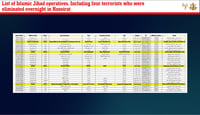
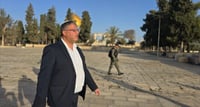

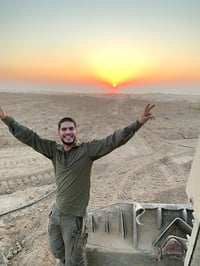
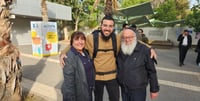
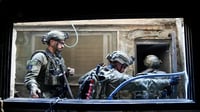


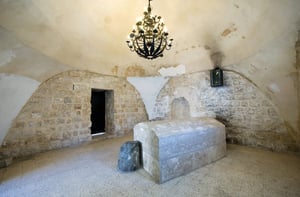
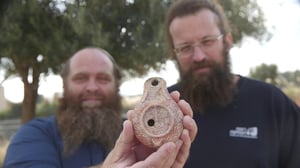

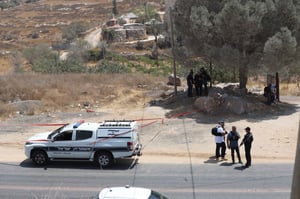
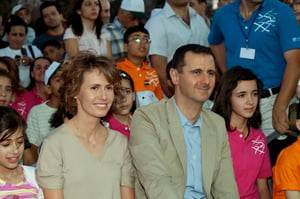
0 Comments